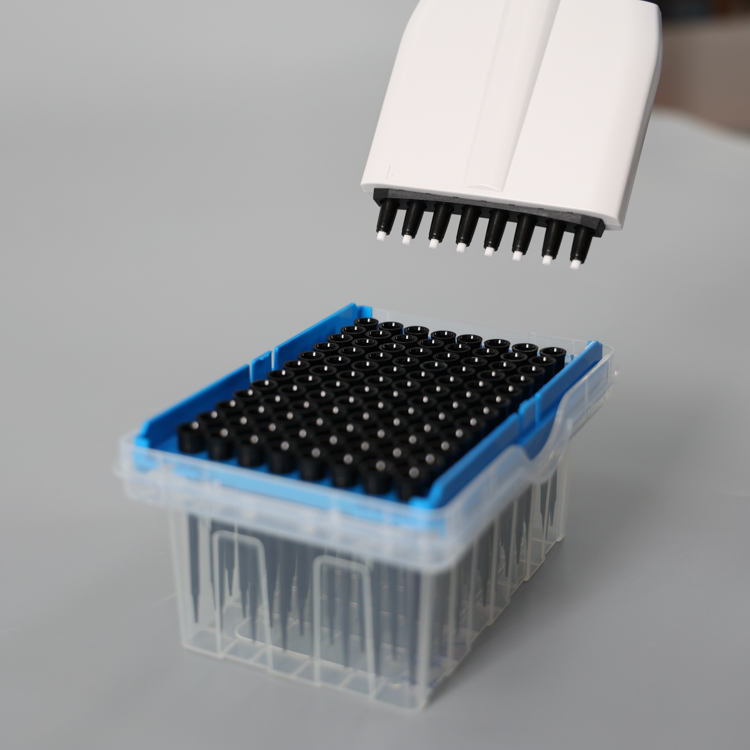The Allure of Diamonds
Since ancient times, diamonds have captivated human attention. Known as "the hardest substance," they were discovered in India around 3,000 BC but were likely known to the ancient Greeks even earlier. Derived from the Arabic "al-mas" meaning "hardest" and the Greek "aδ aμas," signifying "unconquerable" or "indestructible," diamonds possess unmatched qualities. Not only are they harder than any other material, but they also excel in numerous ways: three times harder than cubic silicon carbide, five times more wear-resistant than alumina, twenty times stronger than tungsten carbide under compression, with sound transmission three times faster than steel and thermal conductivity four times greater than silver. They also transmit light exceptionally well, maintain chemical inertness up to 500°C, and exhibit superior electrical resistance, refractive index, and radiation resistance. These unique properties make diamonds indispensable in countless applications.
Diamonds aren't just extraordinary in the universe; they're also invaluable to humanity. Future applications could include serving as the best heat sinks for electronic components, transparent windows for radiation sources, stable protective films for chemical containers, and even ideal materials for biomedical purposes and semiconductors. This potential means we can envision a brighter future, ushering our descendants into the "diamond age."
A Century of Quest for Success
Though diamonds were discovered in India around 3,000 BC, their nature remained a mystery until the late 17th century when their flammable properties were identified. Despite efforts by British chemists and German physicists, early attempts to convert graphite into diamonds failed due to insufficient pressure. These setbacks, however, paved the way for future successes, establishing that diamond synthesis requires both ultra-high pressure and high temperature.
By the mid-20th century, significant progress was made in understanding these conditions. In 1954, the U.S. GE Corporation announced the successful synthesis of diamonds, followed by Sweden, South Africa, the Soviet Union, and Japan in subsequent years. This breakthrough demonstrated thatäººå·¥åˆ¶é€ é’»çŸ³ was no longer insurmountable, inspiring China to pursue similar advancements despite initial barriers.
Mission Glorious and Responsible
China's journey in synthesizing diamonds began in the early 1960s. Teams from the Academy of Sciences and various ministries collaborated closely, driven by the need for both academic advancement and practical applications. The race was intense, requiring rapid development. After over a thousand days of effort, our team achieved success, earning recognition at the 1978 National Science Conference.
Key players included professors He Shouan and Zhang Yuanlong leading the Academy of Sciences team, which also involved the Institute of Physics and the Institute of Geology. Meanwhile, the ministry-level team comprised institutions like the First Machinery Department and the Abrasives Grinding Research Institute. Their combined efforts led to the development of innovative high-pressure devices and a deeper understanding of synthesis processes.
Theoretical Foundations
Our approach relied heavily on thermodynamic and kinetic analyses. Consulting with experts from Peking University and East China Textile Institute, we outlined the necessary conditions for graphite-to-diamond transformation. These theoretical insights guided our experimental design, focusing on catalysts, heating methods, and the complexities of simultaneous high-pressure and high-temperature environments.
The First Success
On December 6, 1963, at the Beijing General Machinery Research Institute, we achieved the first synthesis of a Chinese diamond using a domestically designed and built 61-type double-faced ultra-high-pressure device. After numerous trials, the discovery was confirmed through rigorous testing, marking a monumental achievement in China's scientific history.
This breakthrough symbolized the collaborative spirit and perseverance of our team. While this was merely the beginning, it set the stage for further innovations in the diamond industry. The journey continues, with endless possibilities ahead.
Conclusion
The synthesis of the first Chinese diamond on December 6, 1963, stands as a testament to collective effort and innovation. It was a pivotal moment in China's scientific history, opening new avenues in material science and beyond. As we continue to explore these frontiers, the dream of a brighter, more advanced future remains within reach.
Compared with single-channel pipettes, multi-channel pipettes simplify all the tasks associated with microtiter plates that often occur in immunology, biochemistry, clinical diagnosis and food analysis. Multi-channel pipettes generally have 8 and 12 heads. The gun body can be rotated at 360°C, and each part can be disassembled and repaired separately. The lower half can be sterilized at 121°C. The dimpled housing ensures a firmer grip for the operator. Can be quickly calibrated.

how to use multi channel pipette,best multi channel pipette,multi channel pipette for 384 well plate
Yong Yue Medical Technology(Kunshan) Co.,Ltd , https://www.yonyue.com